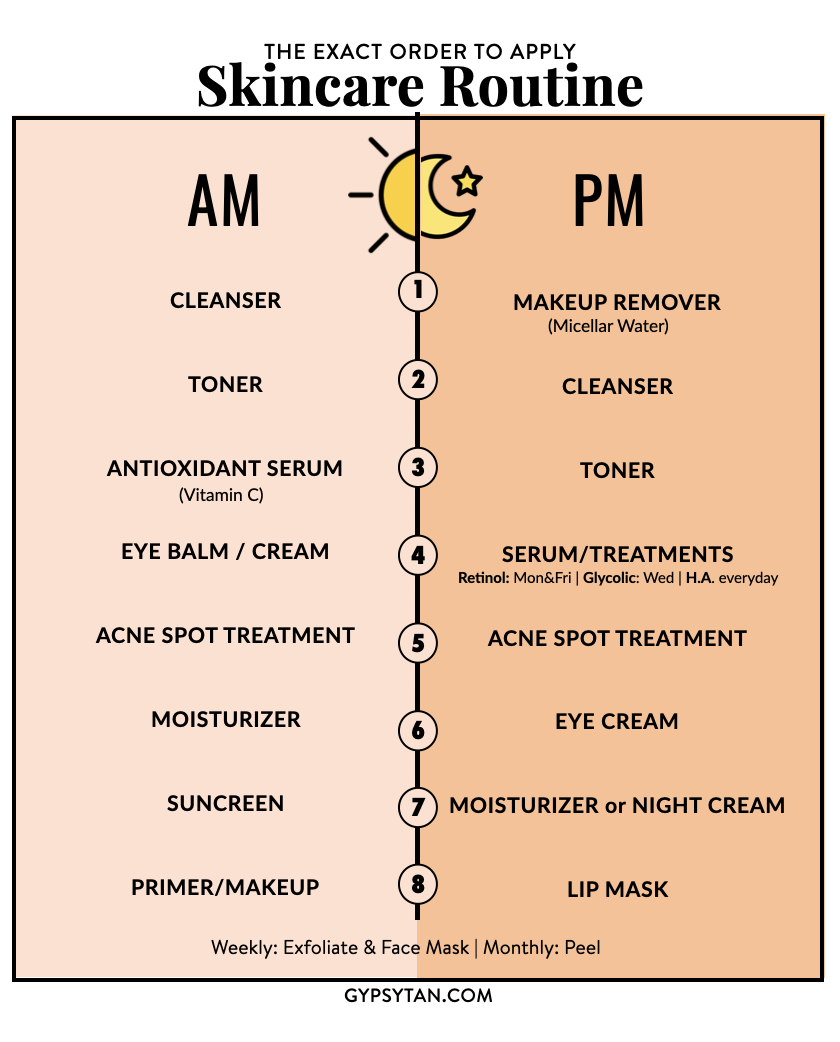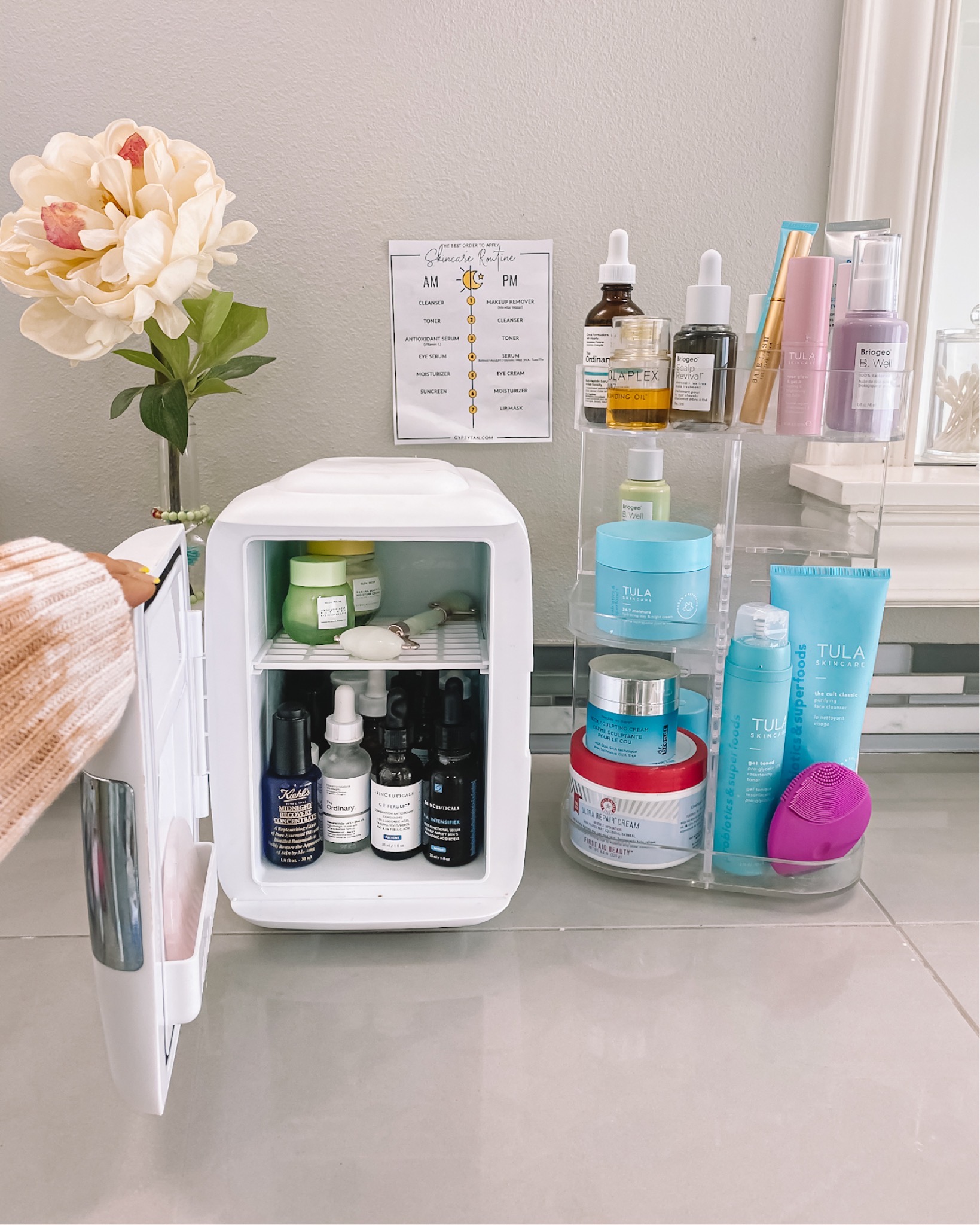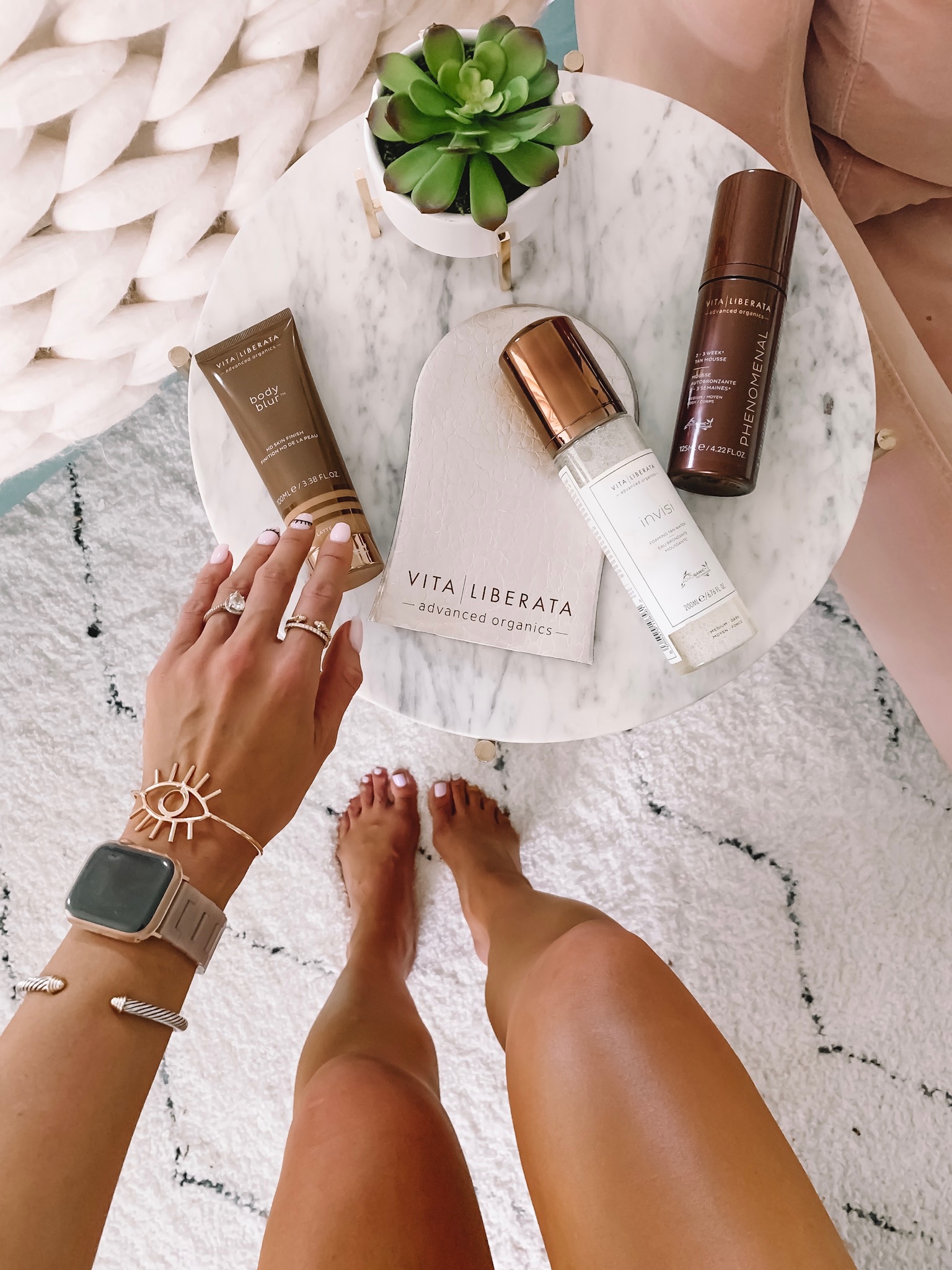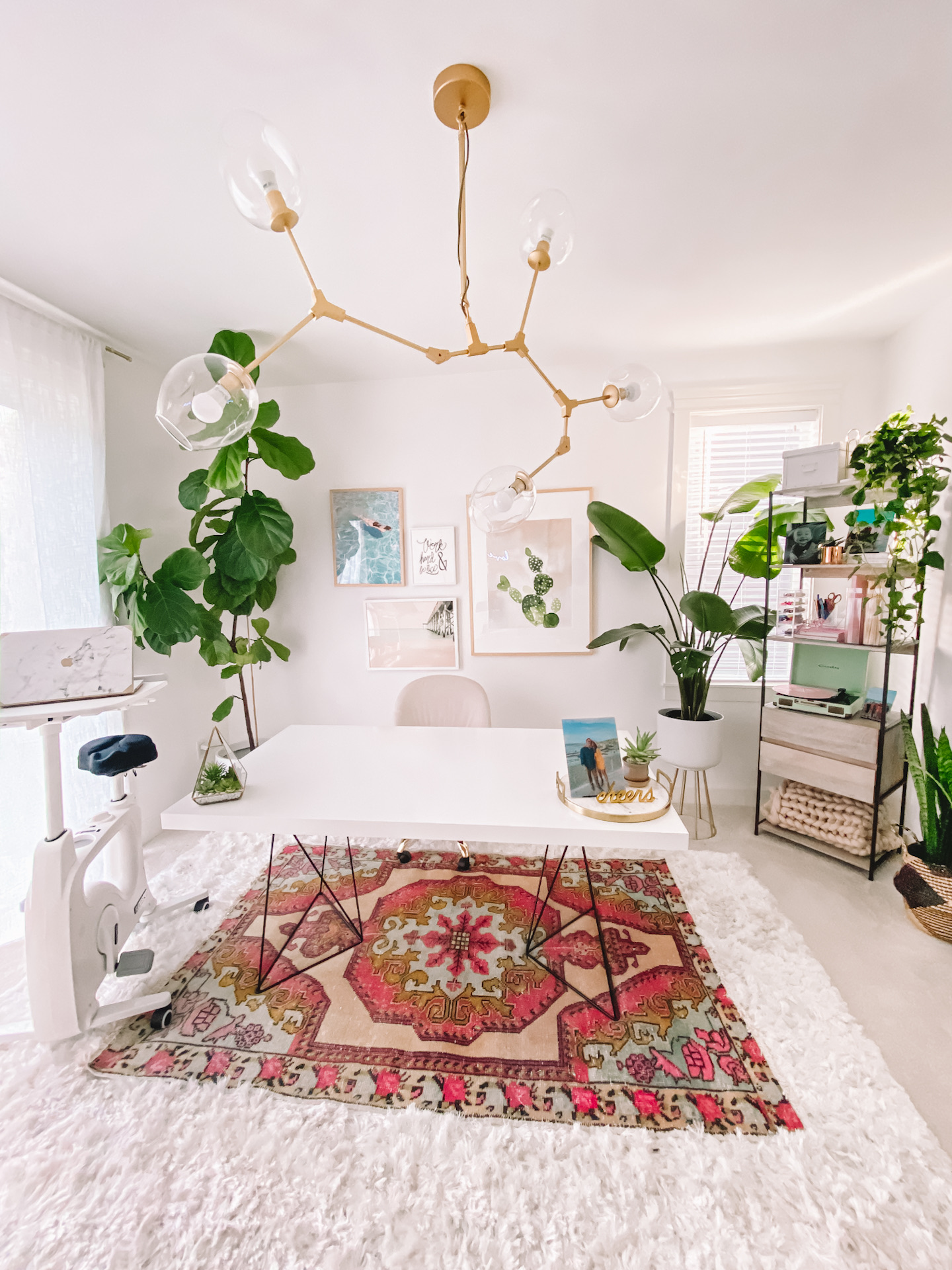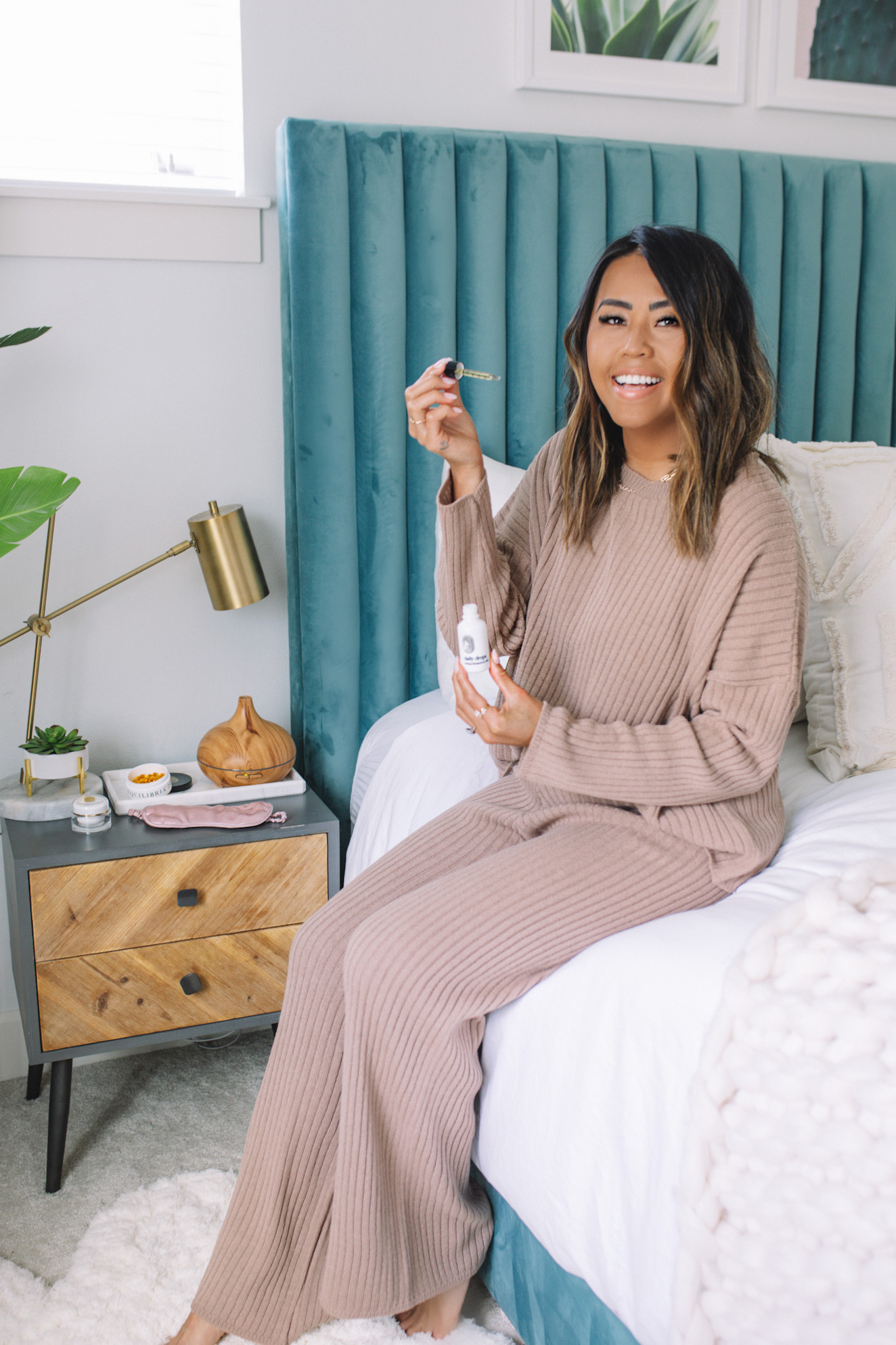7 Hard-to-Kill, Indoor Plants that Clean the Air and Remove Toxins
Common houseplants have been decorating the inside of homes for years, including my own! In addition to making a home super cozy, did you guys know that there are multiple health benefits to integrating indoor plants into your decor? When selecting which plants to purchase I always choose plants that are hard to kill and indoor plants that clean the air and remove toxins! The first list of air-filtering plants was compiled by NASA as part of the NASA Clean Air Study, which researched ways to clean air in space stations. NASA found a variety of houseplants that not only absorb carbon dioxide and release oxygen, as all plants do, but also eliminate significant amounts of benzene, formaldehyde, and/or trichloroethylene. I know it's important to find easy to care for plants so below, I’ve listed 7 of my favorite air-purifying indoor plants that clean the air and remove toxins, and how to take care of them!
If you aren't keen on live plants, make sure to check out this post:
Where to Buy the Best Faux Plants
Midcentury Modern Planters with Stands: 10 Stylish Pots for Houseplants

7 Common Houseplants: Air-Purifying Indoor Plants
1. Snake Plant/Mother-in-Law’s Tongue
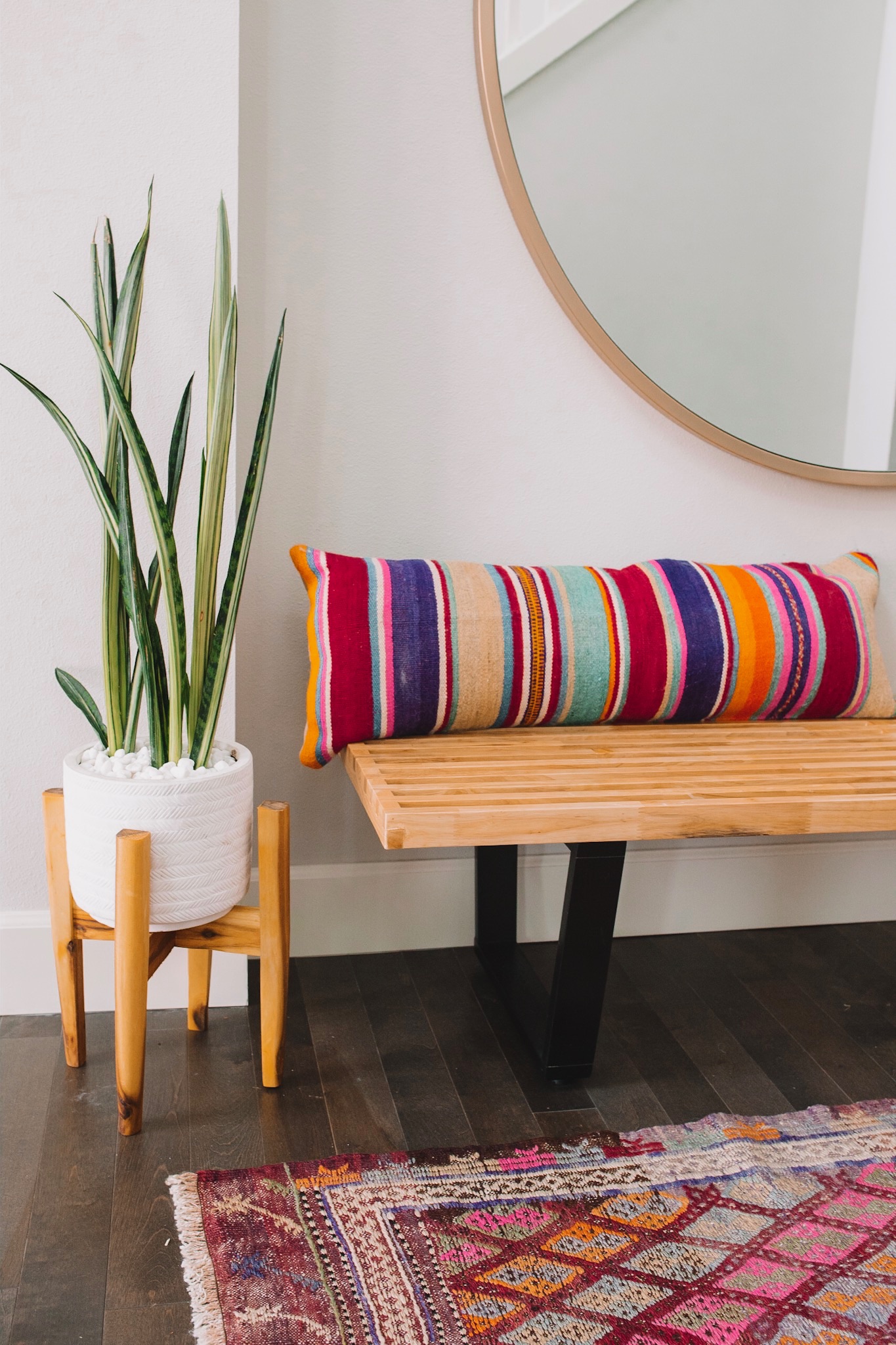
Also known as mother-in-law's tongue, this is the easiest, most common houseplant to care for. At night it absorbs carbon dioxide and releases oxygen (a reversal of the process most plants undergo). Pot a couple and put them in your bedroom for a slight oxygen boost while you sleep. This is one of the best indoor plants for air purification!
POLLUTANTS REMOVED: In addition to helping lower carbon dioxide, the snake plant rids the air of formaldehyde, benzene, and promotes healthy skin.
HOW TO GROW:
Light: Place your snake plant in indirect light (although they are tolerant of a variety of light conditions).
Water: Allow soil to dry between waterings and take extra special care not to over water in winter.
Temperature: Can adapt to cool and warm temperatures.
Tips: Fertilize during the growing season with all-purpose plant food.
Pets: Keep your pets away! Although not poisonous, it will cause stomach irritation.
2. ZZ Plant
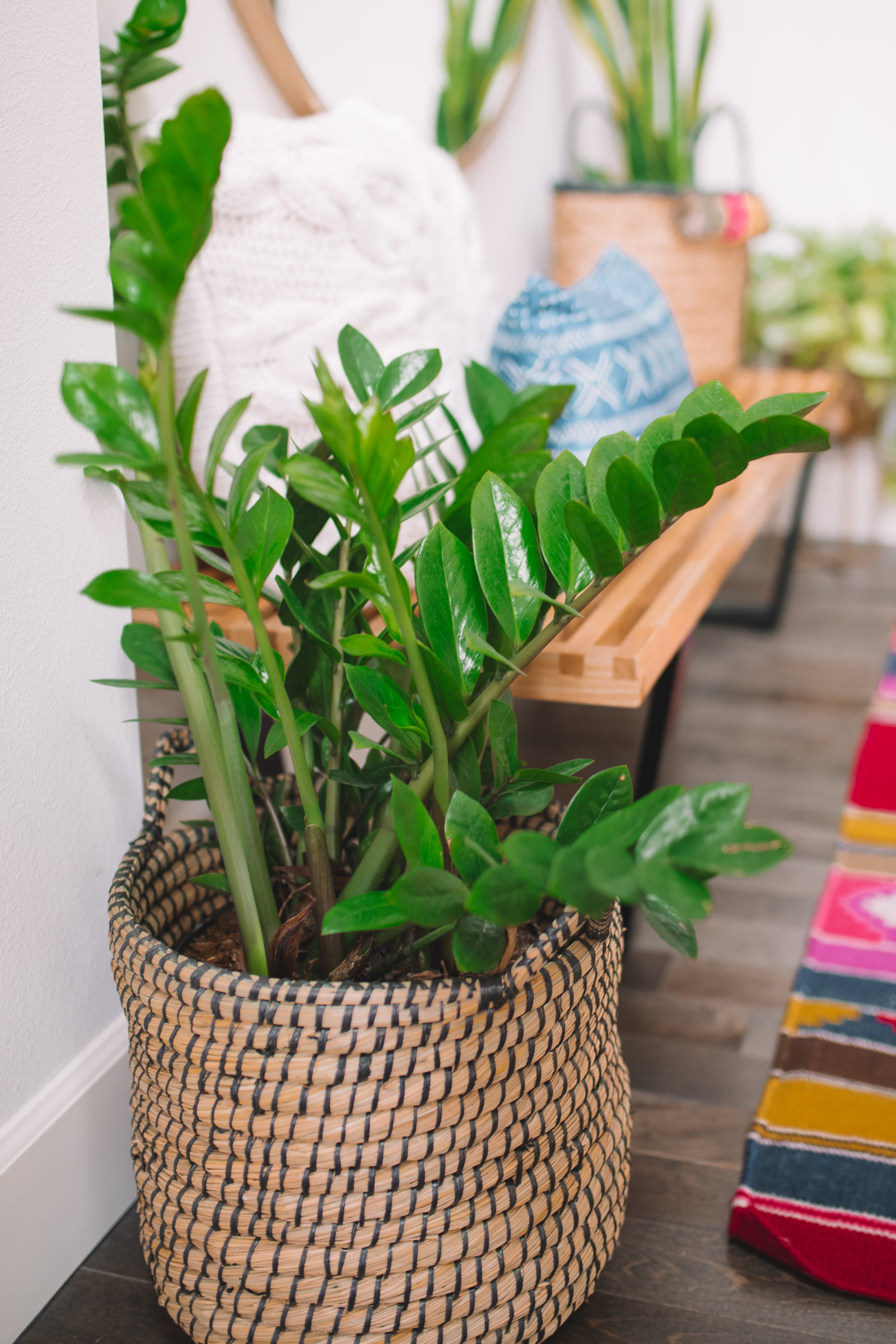
ZZ plant makes for great common houseplants that are hard to kill! It is also an air-purifying indoor plant for recycling xylene from indoor air. Even when not getting adequate water or light, it still manages to increase oxygen in your home. I love how easy it is to take care of. Ignore it and water it twice a month, and your good to go!
POLLUTANTS REMOVED: Benzene, toluene, xylene, and also increases oxygen.
HOW TO GROW:
Light: Adaptable to low light or bright, indirect sunlight
Water: Water when the top inch of soil is dry and mist daily to increase humidity.
Temperature: Average room temperature is ideal.
Tips: Fertilize with high-quality, controlled-release fertilizer at beginning of summer.
Pets: Toxic to cats and dogs.
3. Rubber Plant
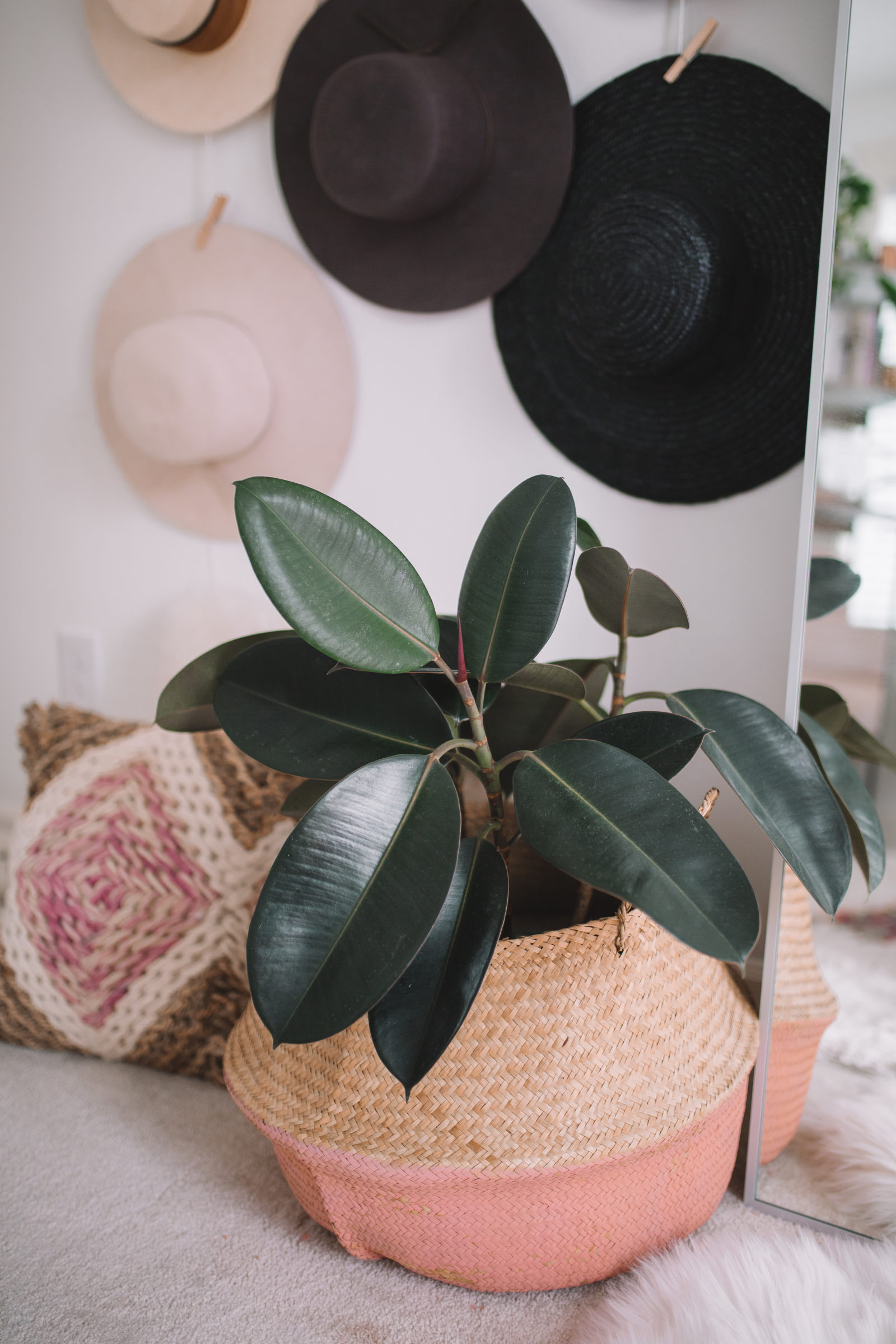
This indoor rubber plant that cleans the air and removes toxins got its name from its sticky, white latex, which was once used to make rubber. It’s a larger, tropical plant, with decorative leaves clean the air and remove toxins. It grows best in indirect sunlight and with average room temperature.
POLLUTANTS REMOVED: Airborne toxins and fights parasitic diseases.
HOW TO GROW:
Light: Bright, indirect sunlight is ideal, but it can also tolerate limited light conditions.
Water: Keep the soil dry.
Temperature: Average room temperature.
Tips: For optimum air purification, occasionally wipe down leaves with a moist paper towel. When the rubber plant reaches maximum height (up to 80,’ outdoors), pinch off growing tips to encourage side shoots. Replant every other year.
Pets: Keep pets away from this common houseplant, the sap is a mild irritant.
4. Philodendron
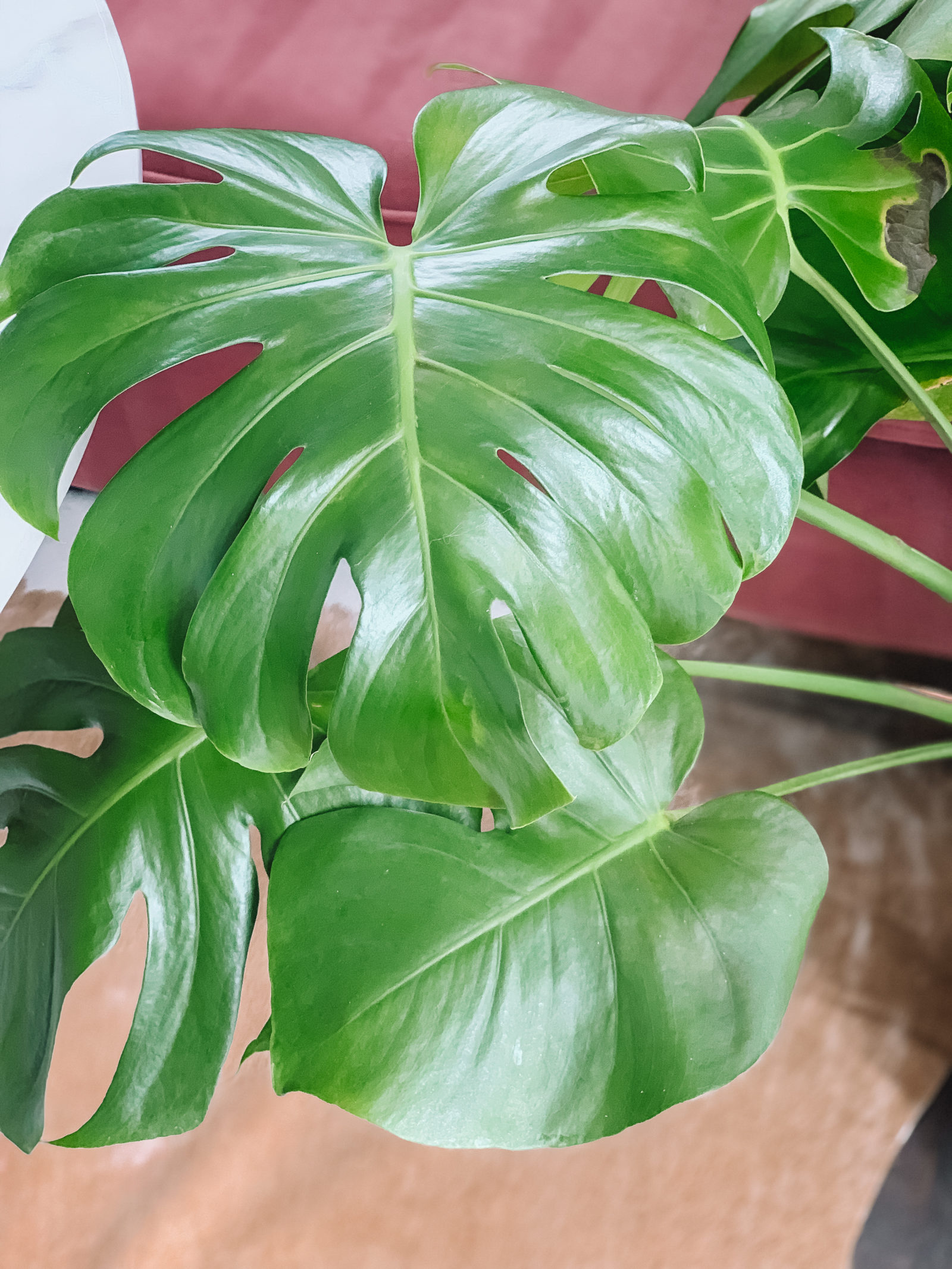
The philodendron common houseplants thrive with sunlight, water, and fertilizer. If it receives those three elements, this plant is hard to kill. Its main characteristics are long aerial roots and big green leaves with gashes. Since it’s a creeping plant, make sure to provide climbing help in the pot! This is an ideal option as an air-purifying indoor plant, as it also has the ability to correct air in a room and rid the home of pollutants like formaldehyde, and release clean oxygen.
POLLUTANTS REMOVED: Formaldehyde, airborne toxins.
HOW TO GROW:
Light: Position the plants in bright, indirect sunlight, but without having it touch the sun rays.
Water: Water when the top inch of soil is dry. Drooping leaves are a sign of over-watering. Temperature: Moderate temperature is sufficient for this common house plant.
Tips: Feed this common house plant with liquid foliage, houseplant fertilizer with macro-nutrients. During the summer months water the plant with fertilizer monthly and in the winter every six to eight weeks.
Pets: Poisonous to dogs.
5. Peace Lily (Spathiphyllum)
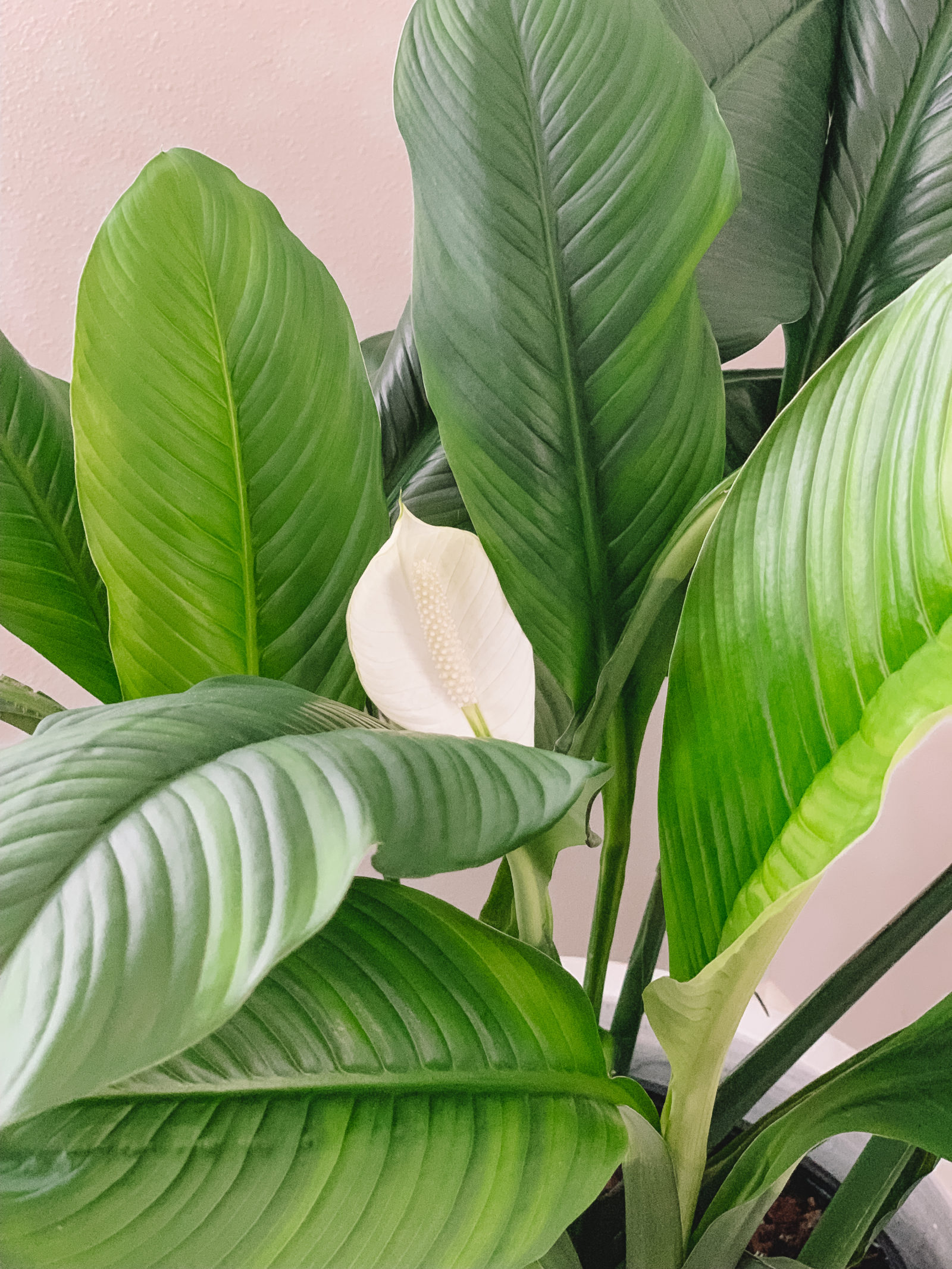
This is a wildly popular houseplant because it’s genuinely hard to kill, has a tolerance for low-light conditions, and looks great! Not to mention, it’s amazing at air filtration. In a NASA study, the peace lily filtered benzene, formaldehyde, trichloroethylene, xylene, toluene, and ammonia from indoor air! It also has the ability to remove airborne mold, which helps alleviate allergies and asthma symptoms.
POLLUTANTS REMOVED: airborne toxins, airborne mold, benzene, formaldehyde, trichloroethylene, xylene, toluene, and ammonia.
HOW TO GROW:
Light: Filtered sunlight.
Water: Water weekly, when the top inch of soil is dry.
Temperature: If possible, provide humid warmth, and avoid cold drafts.
Tips: This plant only needs repotting when the soil is exhausted, or if its roots are in a mass, usually a year or more.
Pets: Causes irritation if consumed.
6. Golden Pothos
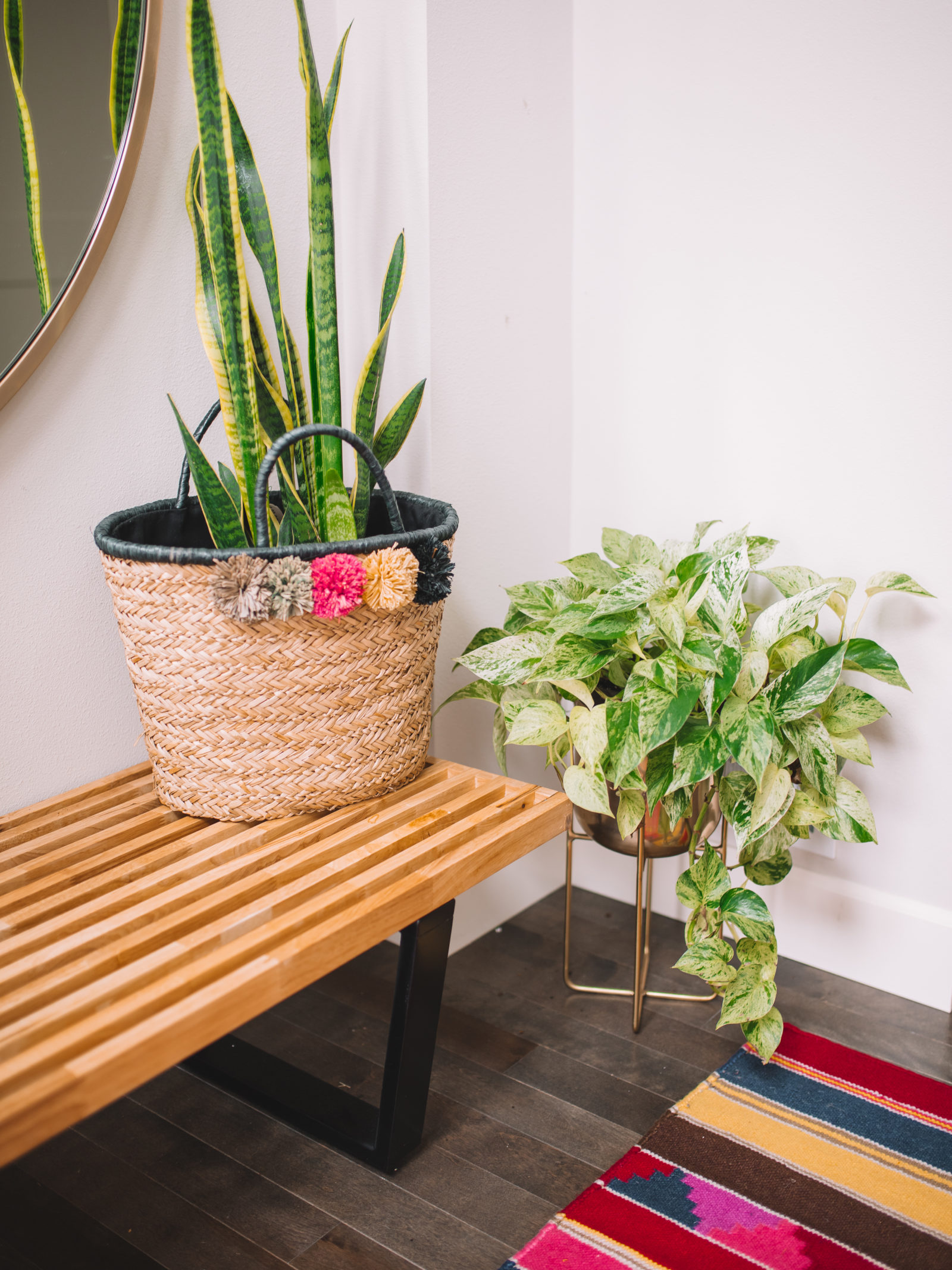
This fast-growing vine has a reputation for flexibility. You can pot it with something to support it, plant it in a hanging basket, or train it to climb a trellis. Dark green leaves with golden streaks and marbling make it an eye-catching addition to a home or office.
Like many other vines, it tackles formaldehyde, but the golden pothos also targets carbon monoxide and benzene. Consider placing one in your mudroom or entryway, where car exhaust fumes heavy in formaldehyde are most likely to sneak indoors from the garage.
POLLUTANTS REMOVED: Formaldehyde, Benzene, Carbon Monoxide.
HOW TO GROW:
Light: Medium, but indirect sunlight.
Water: Make sure soil is completely dried out in-between waterings because damp soil will cause the roots to rot.
Temperature: low humidity
Tips: Incorporate regular trimmings to the vines so they don’t tangle.
Pets: Poisonous to cats and dogs!
7. Dracaena
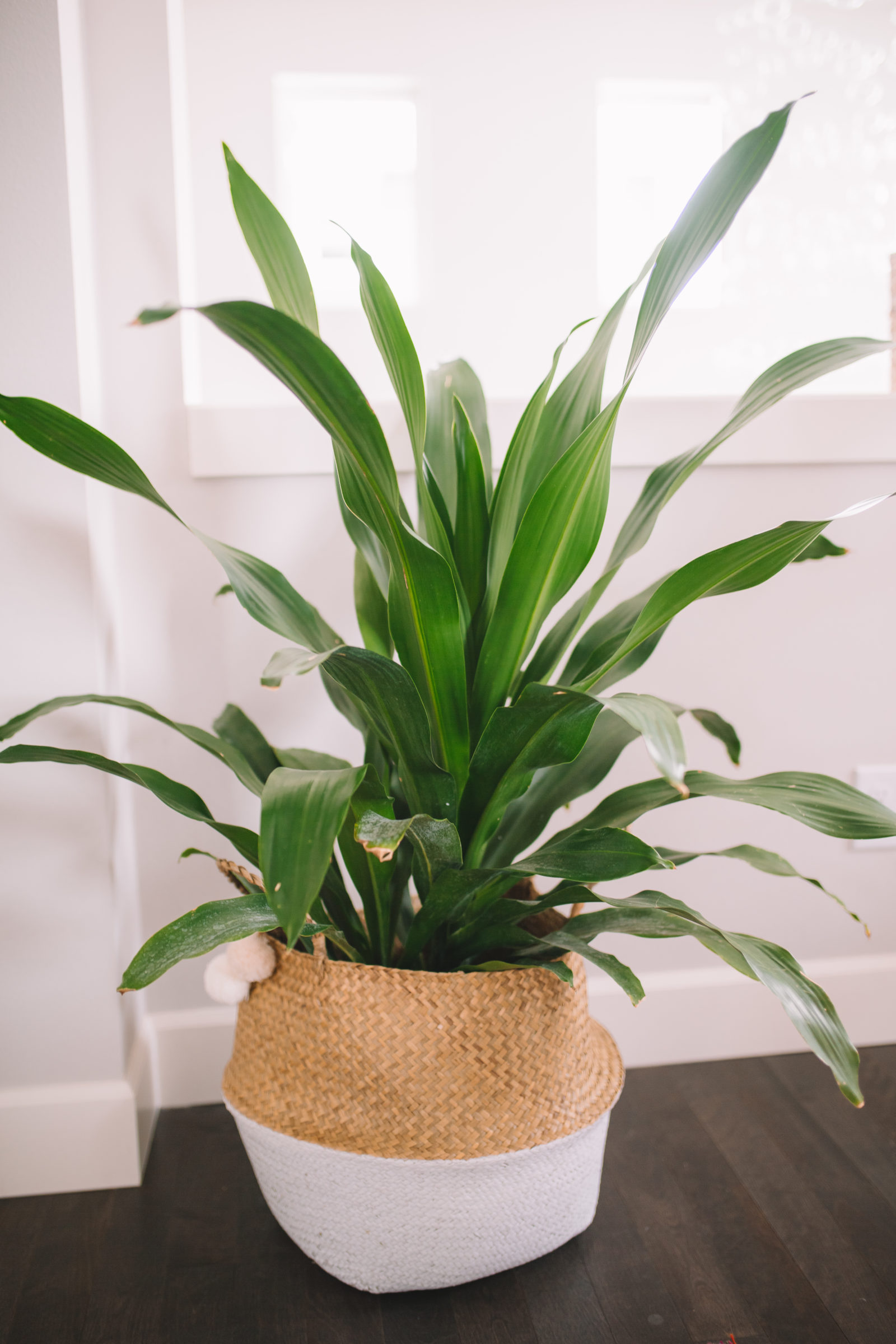
If you can only choose one of these common houseplants and are looking to buy the best indoor plant which simultaneously cleans the air and removes toxins, this is it! Not only does this common house plant remove airborne toxins, but it also increases daytime oxygen. The dracaena is sufficient with watering weekly and thrives in moderate to low light.
POLLUTANTS REMOVED: airborne toxins, trichloroethylene, formaldehyde, and also increases daytime oxygen.
HOW TO GROW:
Light: Moderate to low light.
Water: Water weekly, but don’t soak. This plant can tolerate mild drought.
Temperature: Average temperature is ideal.
Tips: To keep in tip-top shape, use a controlled-release fertilizer at the beginning of the summer.
Pets: mildly toxic to pets, keep away!
© Sabrina tan
brand + web design by good on paper
